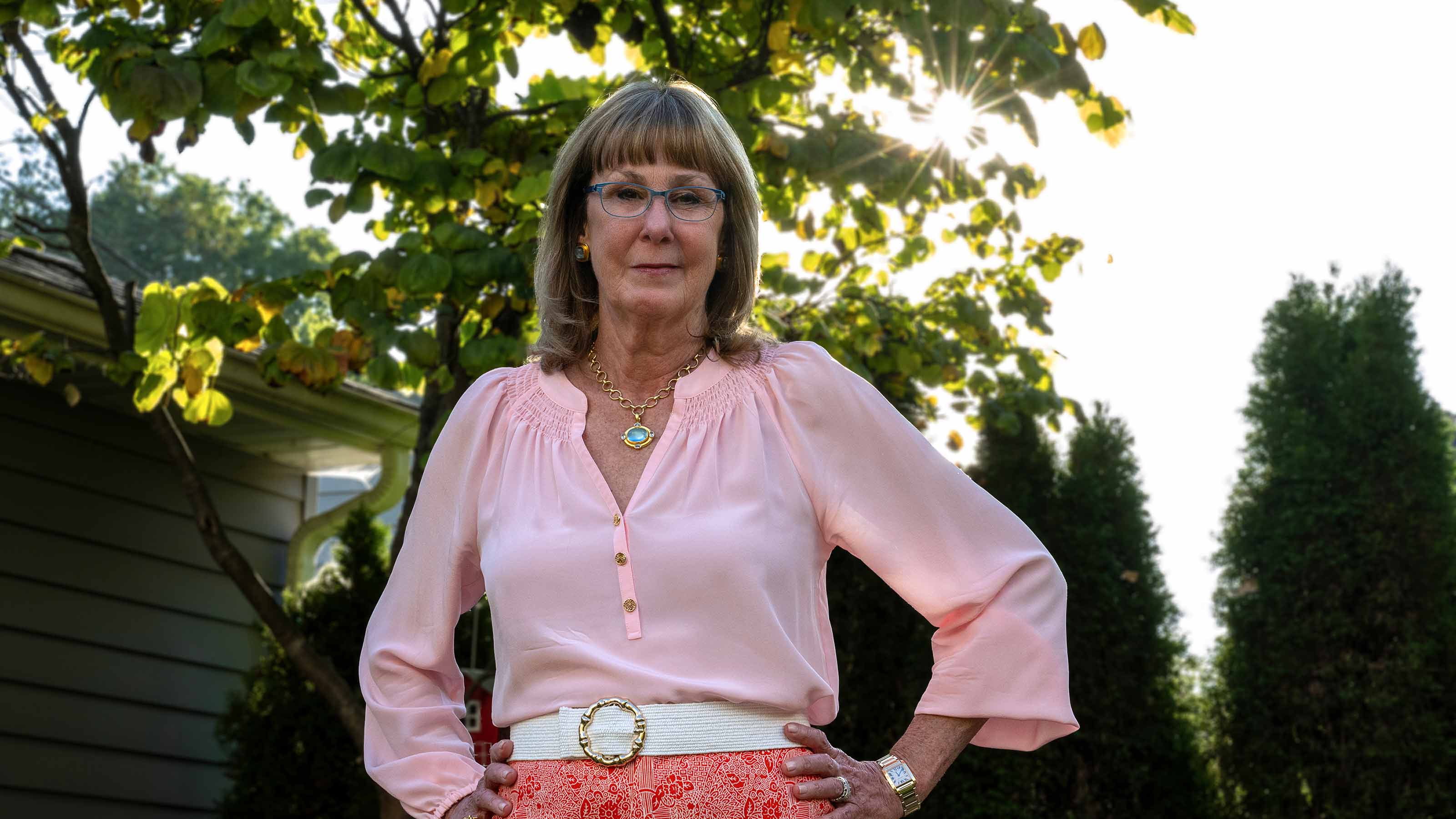Harnessing the body’s immune system for cancer breakthroughs
Renowned scientist building on groundbreaking discovery that may lead to new treatments for cancer and inflammation.
Sitting in his office, Glen Barber, PhD, FRS, sifts through images on his cell phone in search of a historic autograph.
“You want to see Sir Isaac Newton’s signature?” he asks.
Dr. Barber, who joined The Ohio State’s Comprehensive Cancer Center – James Cancer Hospital and Solove Research Institute (OSUCCC – James) in 2024, explains that when he was elected as a fellow of the Royal Society of London (the national academy of science in the United Kingdom), he got to add his signature to a book containing authentic signatures of all the founders, patrons and fellows of the society from when it was established in 1660 to the present.
His name joins such luminaries as Newton, Henry Cavendish, Charles Darwin and Albert Einstein. “Everyone who signs the book especially wants to see the signatures of Newton and Einstein,” he says, pointing to a smudge beneath Newton’s name rendered by the many admiring fingers that have touched it over the centuries.
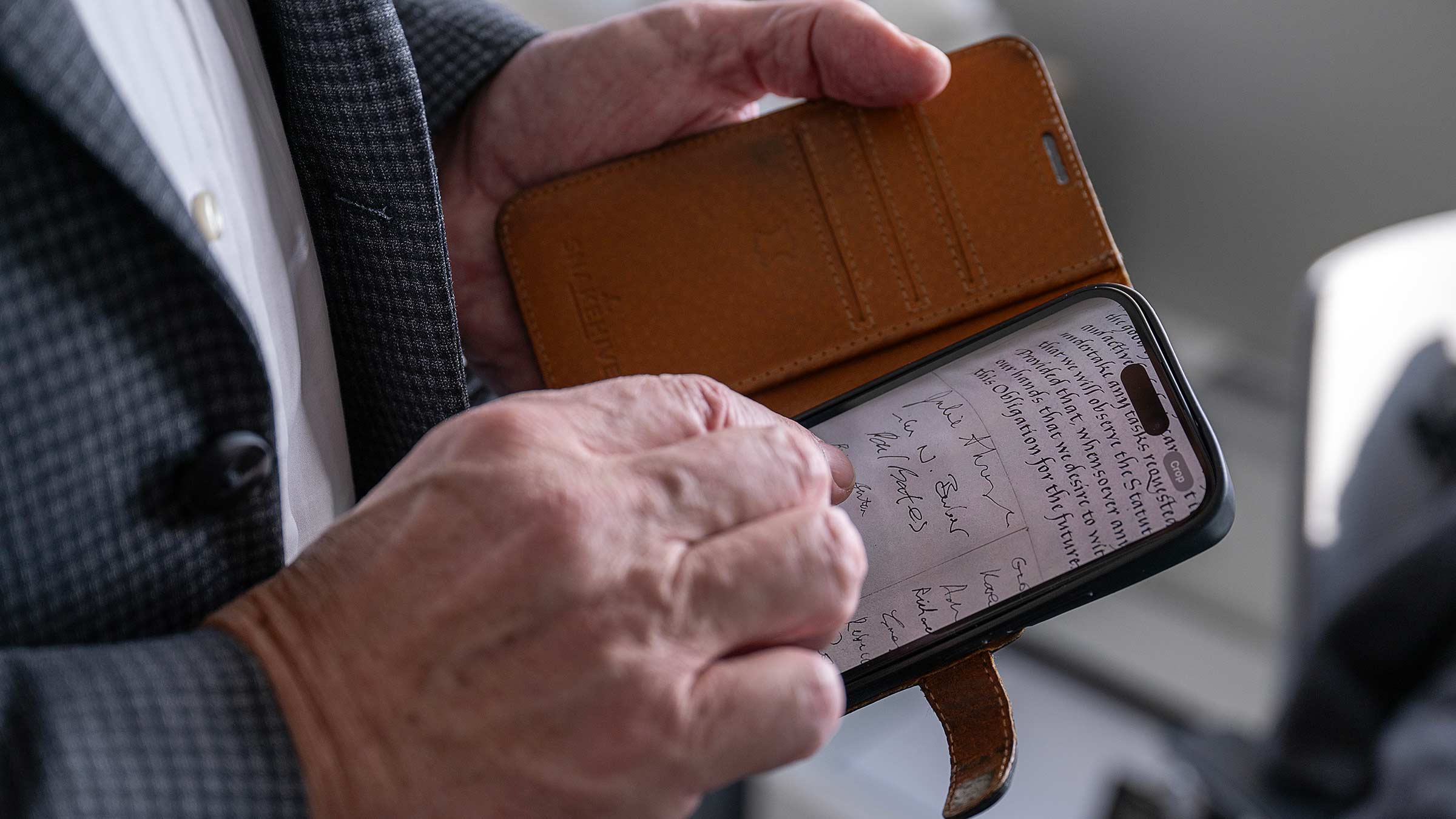
Dr. Barber, a globally renowned expert in virology and immunology, knows he’s in good company and hopes he can live up to that honor in his new role as director of the Center for Innate Immunity and Inflammation (CIII) at the OSUCCC – James’ Pelotonia Institute for Immuno-Oncology (PIIO). He also serves as associate director for entrepreneurship and technology commercialization at the OSUCCC – James and as a professor in the Division of Surgical Oncology at the Ohio State College of Medicine.
Fighting disease through innate immunity
Dr. Barber and his lab team will build upon their work of studying innate immunity — or the body’s natural defenses against harmful microbes (e.g., viruses) and cancer — to find the origins of infectious, inflammatory and cancer-associated diseases.
“The goal is to design drugs that stimulate innate immunity and test them in new clinical trials,” Dr. Barber says.
“Our lab was fortunate to play a lead role in understanding the very earliest stages of the body’s immune response to infection and cancer. Understanding those pathways provides us with a tremendous opportunity to design clinical trials to enhance the immune system’s protective processes,” says Dr. Barber, a native of England who came to Ohio State after working for over 20 years at the University of Miami (Florida), where he chaired the Department of Cell Biology.
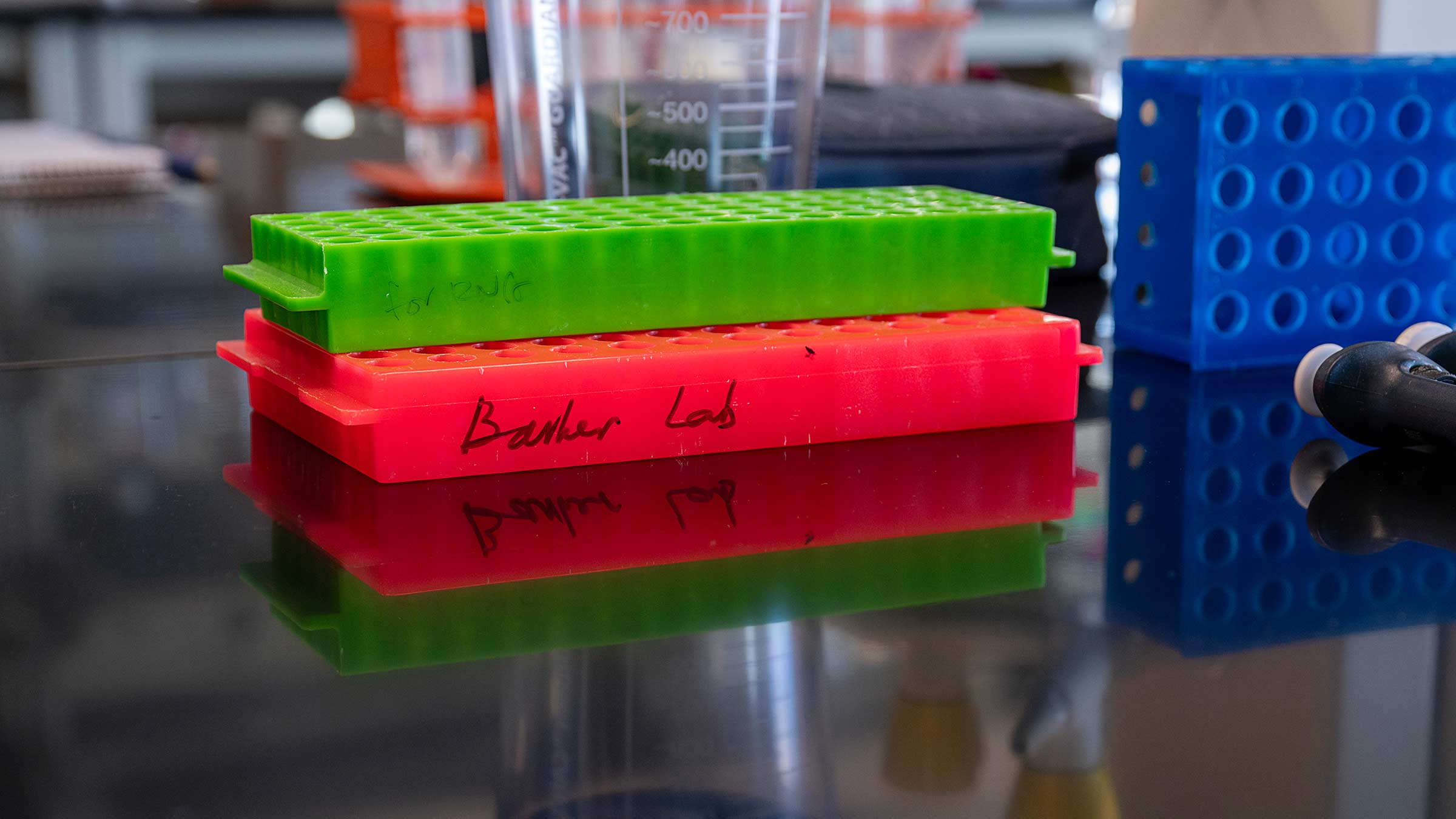
He notes that if these natural immune processes are negatively impacted by genetic mutation, they can create too much of an immune response, causing inflammation that can lead to lupus, colitis, neurodegenerative disease and other inflammatory disorders.
“Too much inflammation can also generate or stimulate the progression of cancer, so we’re very interested in studying inflammation as well,” he says.
Discovery of STING signaling pathway opens door to new therapies
“Signaling pathway” is a phrase referring to biological interactions within a cell. Human cells use many signaling pathways to communicate with one another for assorted functions. Dr. Barber believes his team’s greatest contribution to date is the discovery of a signaling pathway controlled by a molecule called STING (stimulator of interferon genes) that is activated by microbes such as viruses, bacteria and parasites.
By discovering how STING works, his team shed light on causes of inflammatory disease. Their work also showed that STING signaling is essential for antitumor immunity, or helping cells combat cancer. These discoveries have sparked efforts to design drugs that strengthen the body’s immune system by boosting the STING pathway.
“This STING molecule is important for the generation of antitumor immunity, so we want to find new drugs that can switch it on in hopes of stimulating the body’s immune response to cancer cells,” Dr. Barber says.
He adds that STING has a wide impact — regulating immunity for infectious disease and cancer, and perhaps explaining concepts of inflammation. “We set out looking for something like this and were very lucky to find it. As we unraveled it and studied it more, we realized we’d opened a treasure trove within the immune arena.”
For this groundbreaking work, Dr. Barber earned the renowned 2025 Paul Ehrlich and Ludwig Darmstaedter Prize, given in Frankfurt, Germany, which he shared with Andrea Ablasser, MD, a virologist in Switzerland, and Zhijian Chen, PhD, a biochemist at the University of Texas.
STING discoveries also landed him the 2023 Louisa Gross Horwitz Prize for Biology or Biochemistry, an international award bestowed by Columbia University. And in 2020, he won the William B. Coley Award for Distinguished Research in Basic and Tumor Immunology from the Cancer Research Institute.
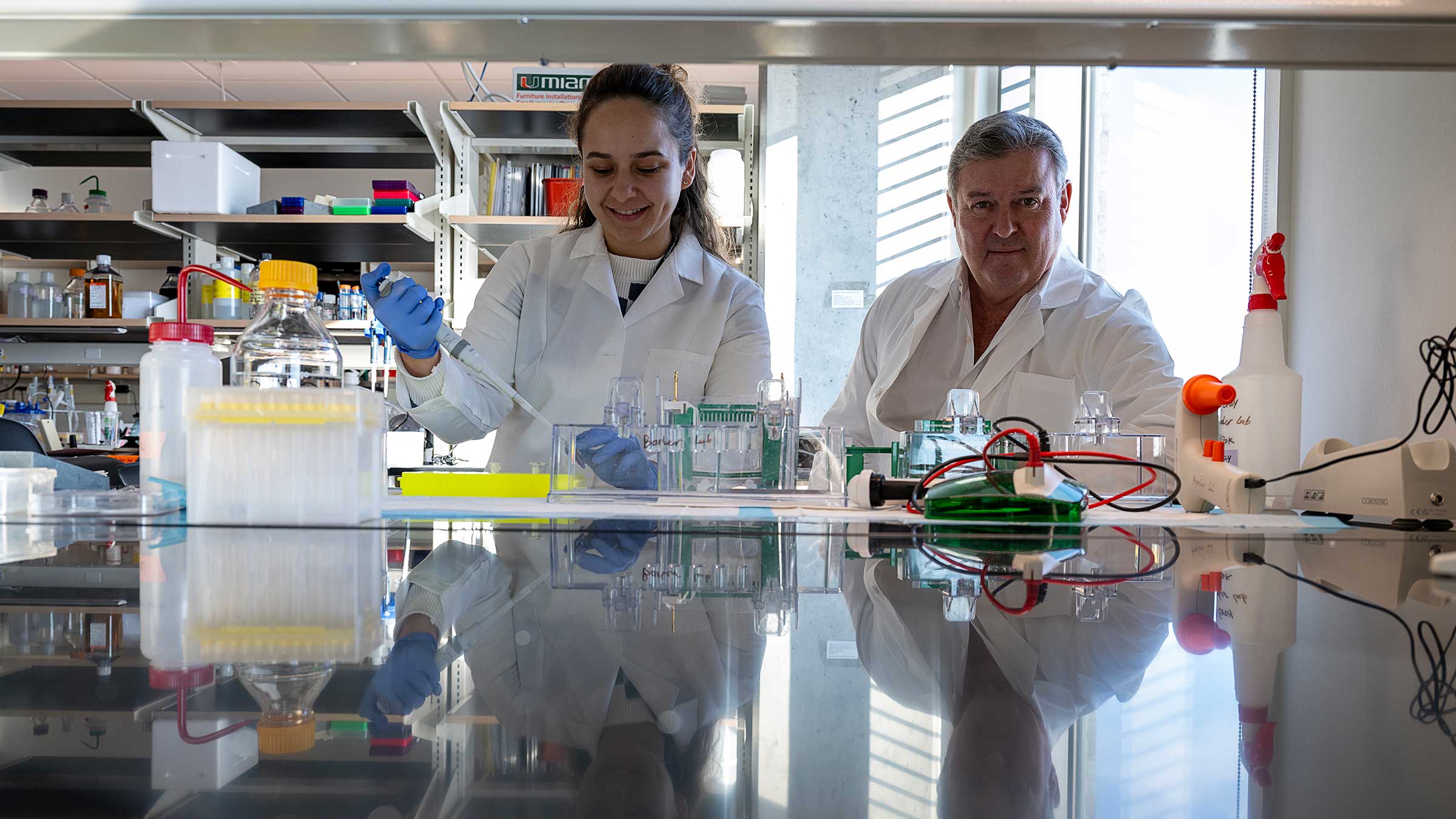
Dr. Barber’s lab team at the CIII also has ideas for developing vaccines that stimulate STING signaling against viruses known to cause cancer, including:
- Human T lymphotropic virus (HTLV), which can cause leukemia
- Epstein-Barr virus (EBV), which can cause lymphoma
- Human herpesvirus 8 (HHV8), also known as Kaposi sarcoma-associated herpesvirus (KSHV), which can cause Kaposi sarcoma and primary effusion lymphoma
“Our plan is to devise vaccines that target these viruses, using our ideas on the innate immune system that we now better understand,” he says. “We have National Cancer Institute funding for our vaccine research.”
Grateful for the support of a caring community
Dr. Barber is excited about the promise of these combined studies for helping patients with cancer. He also is grateful to Pelotonia, a community and cycling event series that raises millions of dollars for cancer research at the OSUCCC – James. The PIIO, led by founding director Zihai Li, MD, PhD, was established in 2019 through an initial pledge from Pelotonia, funding from which has also supported the recruitment of Dr. Barber and many other cancer researchers.
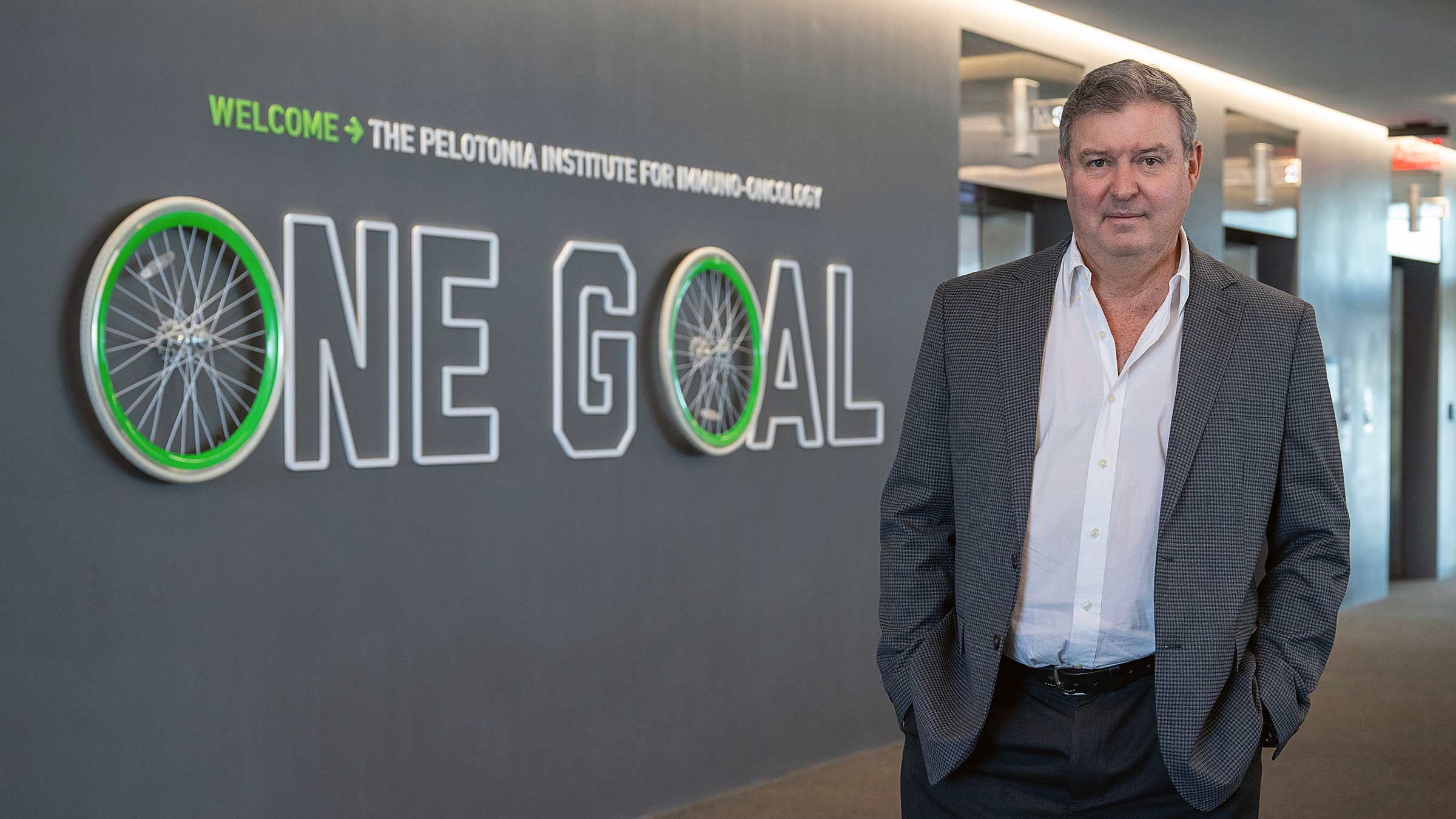
Dr. Barber arrived at Ohio State just a day before Pelotonia’s annual Ride Weekend, but he’d had his bicycle shipped from Miami to Columbus and rode in the event, which raised $26.2 million in 2024.
“Pelotonia is incredible,” he says. “It’s had a massive impact on bringing international recognition to Ohio State and The James, and to bringing in top scientists and physicians who have made this a world-class cancer center that can offer novel treatments to patients around the globe.”
He shares the OSUCCC – James’ lofty vision of creating a cancer-free world.
“I think it’s possible because there’s so much more to learn, and that means so much opportunity to design ways to combat malignancy,” he explains. “We’re still scratching the surface to a certain extent, but the more we learn through the investment of donors, grants and the cancer center itself, the more team science we can generate and the more trials we can offer. Never say never.”
Early influence leads to love of deep thought
Although there were no medical professionals in Dr. Barber’s family when he was growing up in London — his father was a police officer and his mother a social worker — he developed a fascination for biology. His mother’s support of cancer research also influenced him.
“She volunteered for what is now called Cancer Research UK (the world’s largest independent cancer research organization) and was always going door-to-door to deliver envelopes to solicit money for research. Then she would return a week or so later to collect,” he says, explaining that she had lost a parent to cancer and wanted to support the cause against this disease. “She had me helping her with this at an early age, and it had a big impact on me.”
His two daughters are following their father. Jasmine, the elder, is a medical doctor at Memorial Sloan Kettering Cancer Center in New York and will soon begin a fellowship in oncology at Vanderbilt University. Leilani has finished her undergraduate studies at the University of Florida and plans to enter medical school.
He hopes they will be as inspired by their vocation as he is by his, forever fueled by a quest for knowledge that stems from what he calls “deep thinking.”
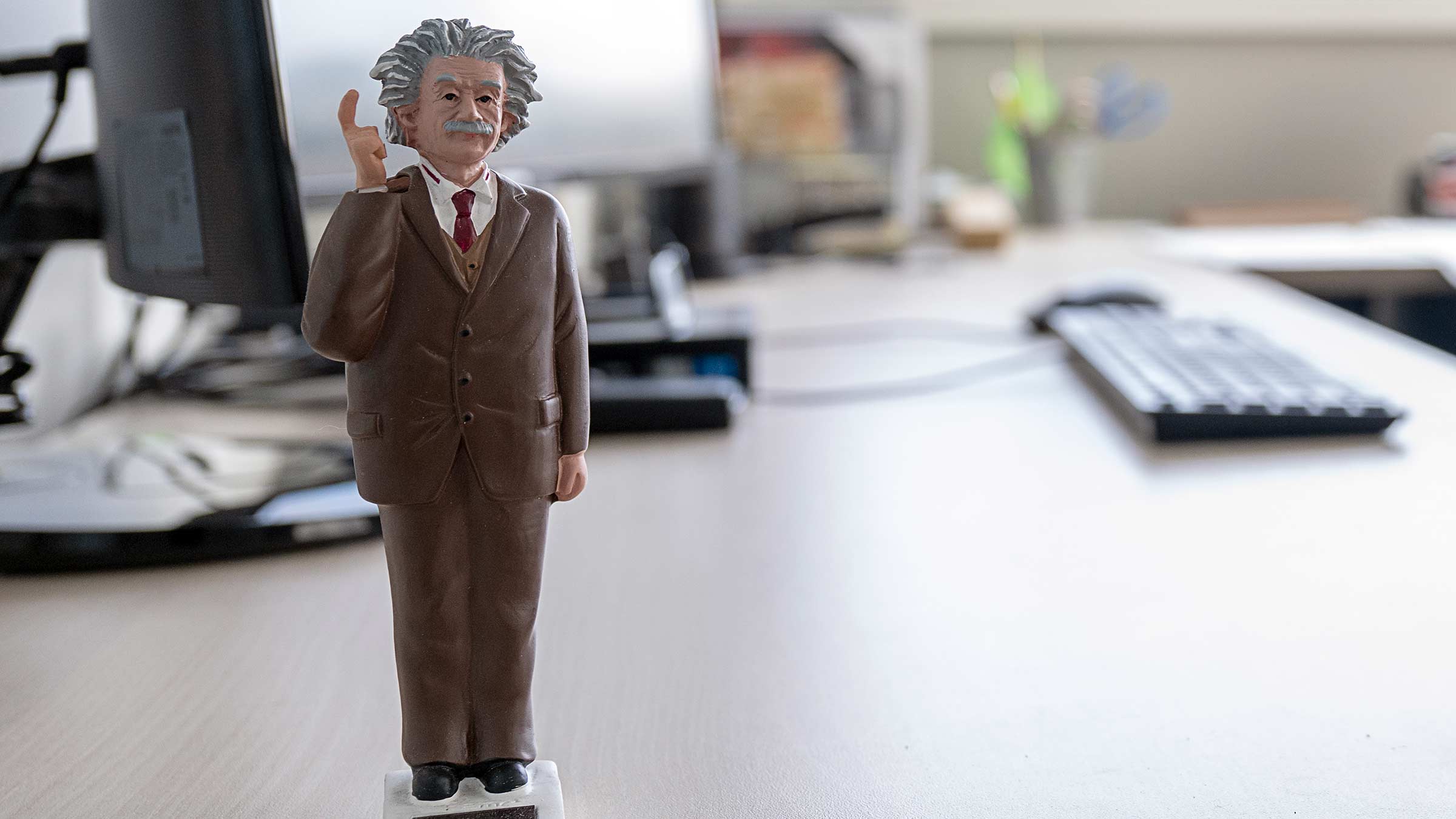
On Dr. Barber’s office desk stands a statuette of Einstein, one of his favorite scientists along with Newton and Cavendish. The figurine’s wobbling head is propelled by light, and its right index finger points up toward its temple as if in thought, but also slightly outward toward viewers.
“Its message is basically, ‘Think! He who thinks, wins. And an ounce of creativity is worth more than 10 kilos of knowledge,’” Dr. Barber says, uttering two of Einstein’s many famous quotes. “He wasn’t an experimental physicist. He did everything on paper, based on mathematics, and with just that and his mind he was able to suggest the existence of dark matter or black holes or ripples in space — all things that future scientists were able to prove experimentally.”
He can’t recall how he got the statuette but says it’s been on his desk for as long as he can remember, motivating him and his students alike.
“The point is, as long as you can think and be creative, you can always come up with something new.” Then he adds quietly, “I hope, anyway.”
When reminded that he’s already done that and will likely do it again, he just smiles.
And when asked, he flips through his cell phone to an image in the Royal Society book that shows his signature. Like Newton’s, might it someday be highlighted by a finger-induced smudge?
Never say never.

Your support fuels our vision to create a cancer-free world
Your support of cancer care and pioneering research at Ohio State can make a difference in the lives of today’s patients while supporting our work to improve treatment and reduce cases tomorrow.
Ways to Give


